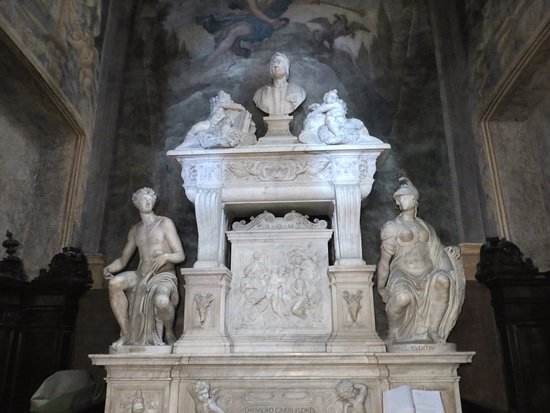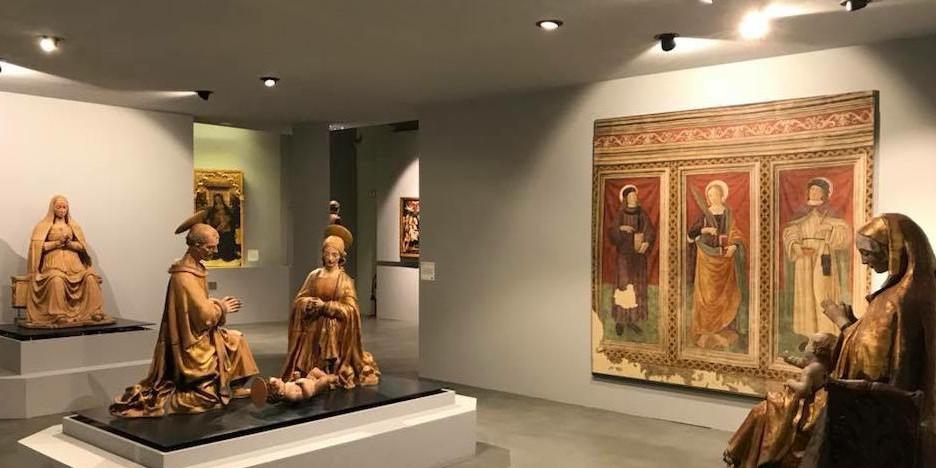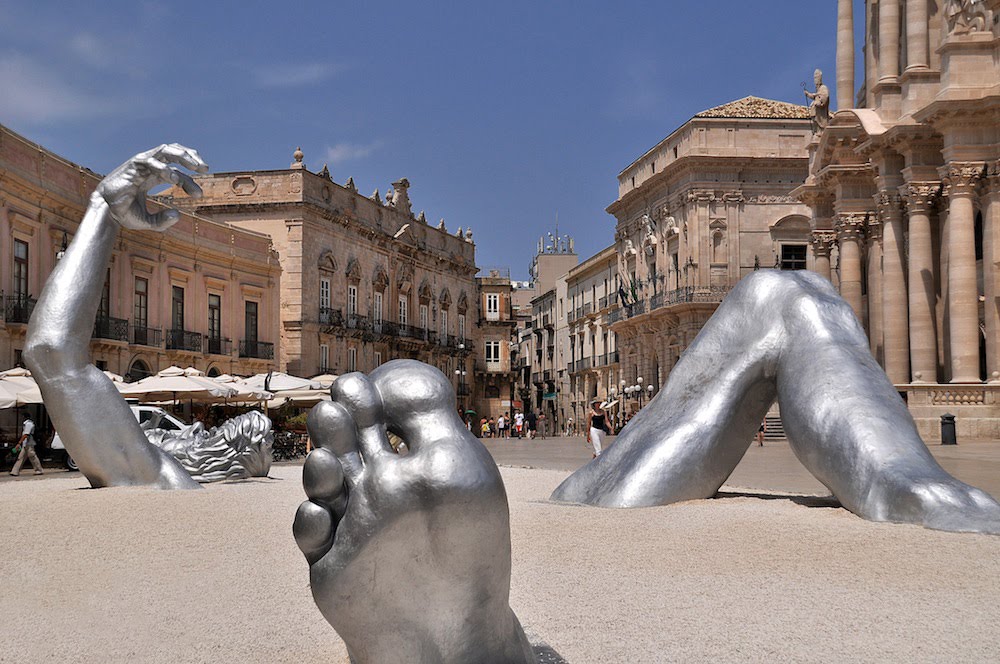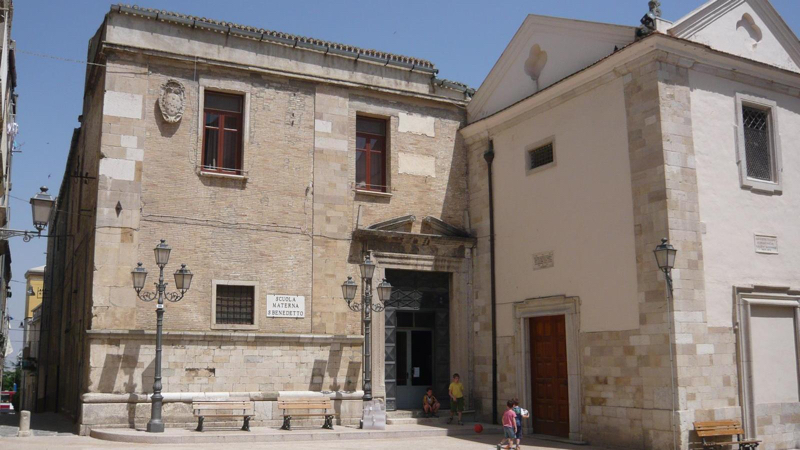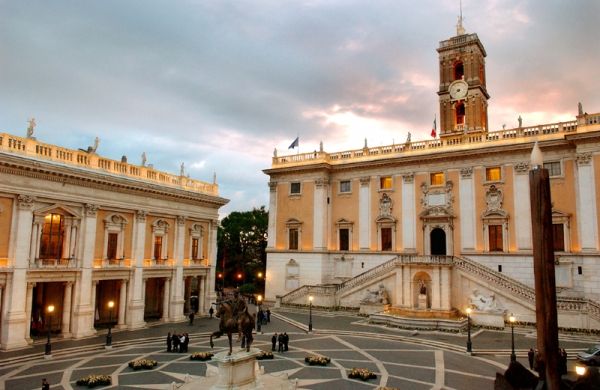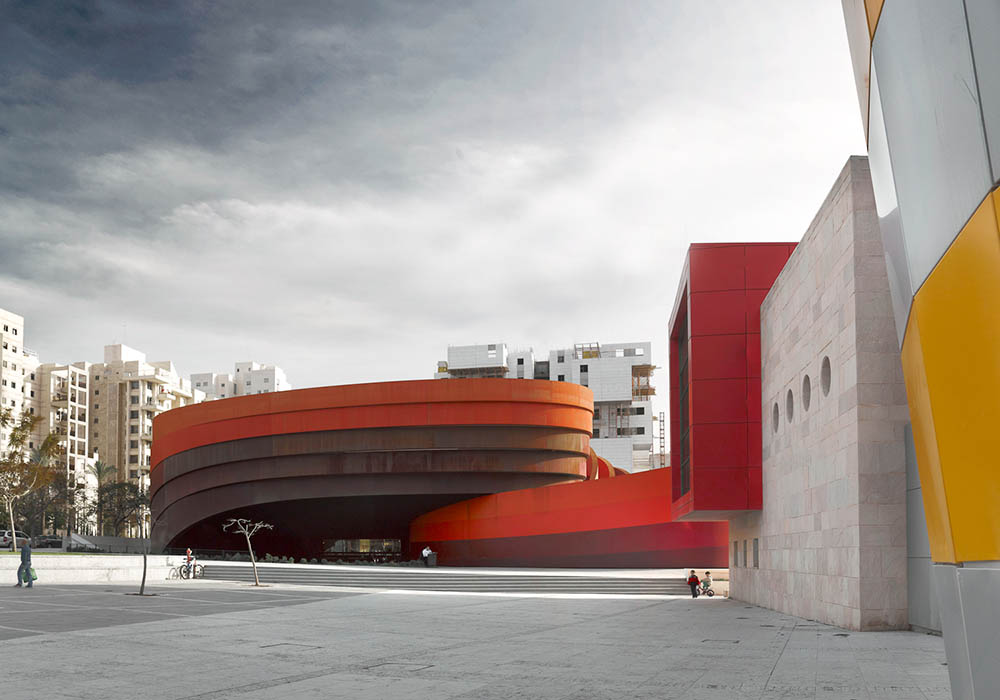Funeral monument of the mid sixteenth century, finely made of Carrara marble, is the Tomb of Jacopo Sannazzaro.
According to some scholars, it was the poet himself who designed his own tomb, so much so that in 1892 Benedetto Croce wrote: "That mixture of sacred and profane that is so characteristic of Sannazaro’s poetry, that fullness of religious faith in Christianity and the aesthetic faith of paganism, reach a plastic expression in this sepulchral monument".
Preserved inside the Church of Santa Maria del Parto in Mergellina, the work on the tomb began in 1536 by the sculptor Giovanni Angelo Montorsoli, whose signature is present in the base of the sacellum, who collaborated with Bartolomeo Ammannati and Francesco del Tadda.
Built between Genoa and Carrara, the monument was later restored several times, in particular in 1683, according to an inscription found in the historical archive of the Banco di Napoli and at the end of the twentieth century, when abrasions, scratches, chipping, layers of paint, dust and smoke incrustations were removed.
As a consequence of the French siege of Naples in 1528, the following year, Jacopo Sannazaro donated to the Servants of Mary a farm in Mergellina in which he had built his home and two churches, one of which is still under construction: in the apse area of this one, originally dedicated to St. Nazario, to then take the name of Santa Maria del Parto, the poet asked to be buried at his death and to finish the work, he allocated a sum of 600 ducats a year in favour of the friars.
On the sides of a large base there are two statues, one representing "Apollo with a purple one resting between his legs" and the other "Armed Minerva holding with her left arm a big shield with an historiated shield", which, during the Counter-Reformation, risked to be destroyed at the will of a viceroy, but were saved thanks to the engravings on their bases of the biblical names David and Judith. Among them is the funeral urn on which stands, surrounded by "two cupids", the bust of the poet, portrayed by his funeral mask and which at the base bears the name of Actius Sincerus. The space created by the two shelves supporting the urn is occupied by a bas-relief surmounted by the inscription D.O.M (deo optimo maximo), the only Christian element in a strongly pagan context, which depicts a "story" whose protagonists are the goat-like god Pan, Neptune and the nymph Marsyas. The monument, in which the influence of Michelangelo Buonarroti’s sculpture is strongly felt, is carved from blocks of Carrara marble and polished at the end of its construction with beeswax.
The entire tomb tends to emphasize the heraldic and epic poetry in both the vernacular and Latin languages of Sannazaro, as well as demonstrating his virtues as a gentleman had in life.
